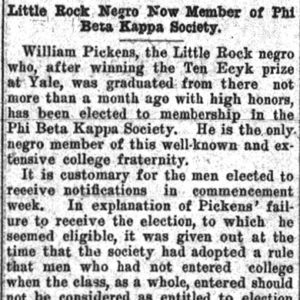 William Pickens Article
William Pickens Article
Gender: Male
 William Pickens Article
William Pickens Article
Pickett, Alexander Corbin (A. C.)
Pierce, Charles Bryant
Pierce, Henry Niles
 Henry Niles Pierce
Henry Niles Pierce
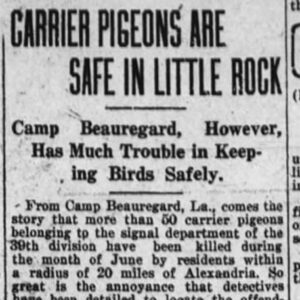 Pigeon Safety Article
Pigeon Safety Article
 Pigeon Shooting Article
Pigeon Shooting Article
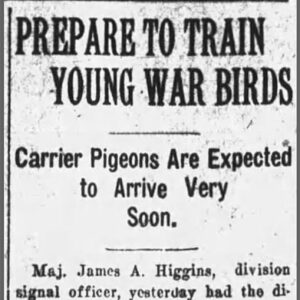 Pigeon Training Article
Pigeon Training Article
Pike, Albert
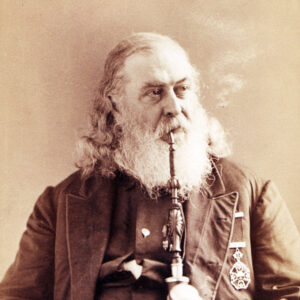 Albert Pike
Albert Pike
 Albert Pike
Albert Pike
Pike, Edward M.
 Zebulon Pike
Zebulon Pike
Pilgrim, Cicero Osco
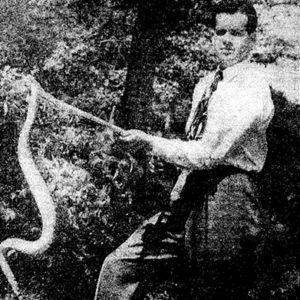 Lawrence Pillstrom
Lawrence Pillstrom
Pilot Knob, Missouri, to Gainesville, Scout from
aka: Expedition from Patterson to Bloomfield and Pilot Knob, Missouri
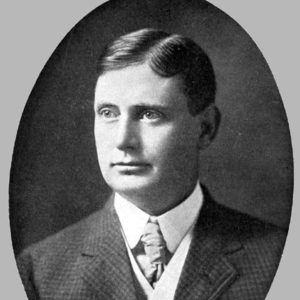 X. O. Pindall
X. O. Pindall
Pindall, Xenophon Overton
 Pine Bluff Arsenal Assembly Line
Pine Bluff Arsenal Assembly Line
Pine Bluff Lynchings of 1892
Pine Bluff to Arkansas Post, Expedition from
Pine Bluff to Bass’s Plantation, Expedition from
Pine Bluff to Bayou Bartholomew, Scout from
Pine Bluff to Douglas’ Plantation, Scout from
Pine Bluff to Monticello, Scout from
Pine Bluff to Monticello, Scout from (March 21–23, 1865)
Pine Bluff to Mount Elba, Scout from (October 24–27, 1864)
Pine Bluff to Simpson’s Plantation, Scout from
Pine Bluff, Reconnaissance from
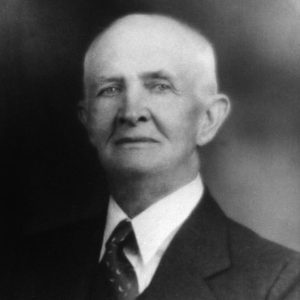 Tom Pinson
Tom Pinson
 Scottie Pippen
Scottie Pippen
Pippen, Scottie Maurice
 Gary Garrity and Scottie Pippen
Gary Garrity and Scottie Pippen
Pippin, Essex (Execution of)
Pitman’s Ferry, Skirmish at (April 1, 1862)
Pittman, Montgomery
Pittman, Samuel Pinckney
 Bill Pitts
Bill Pitts
 Elijah Pitts
Elijah Pitts
 Elijah Pitts
Elijah Pitts
Pitts, Elijah Eugene
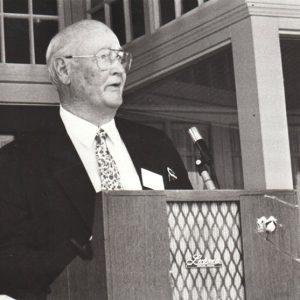 Plantation Agriculture Museum Dedication Speech
Plantation Agriculture Museum Dedication Speech
 Plantation Agriculture Museum Invitation
Plantation Agriculture Museum Invitation
Plum Point Bend, Engagement at
Plummer, Samuel
Poe, Harry (Trial and Execution of)
Poe’s Battalion, Arkansas Cavalry (CS)
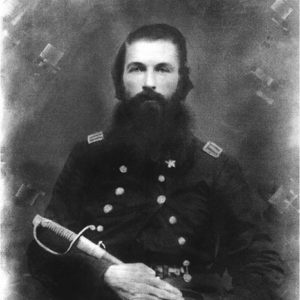 James T. Poe
James T. Poe
 Poindexter Article
Poindexter Article
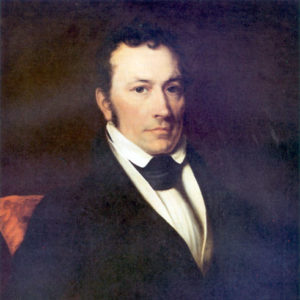 Joel Poinsett
Joel Poinsett




